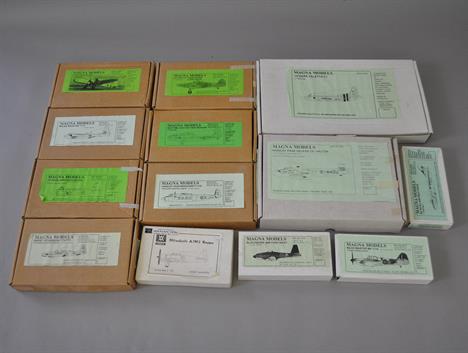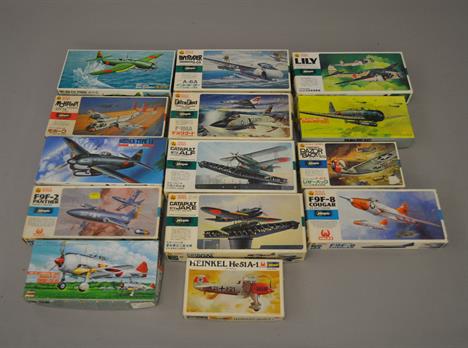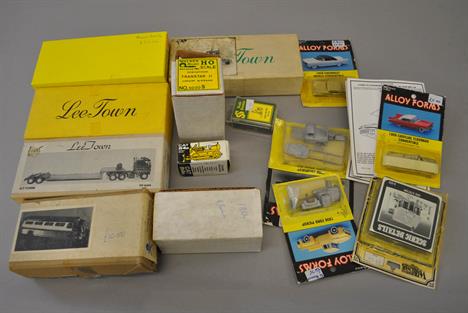We found 216136 price guide item(s) matching your search
There are 216136 lots that match your search criteria. Subscribe now to get instant access to the full price guide service.
Click here to subscribe- List
- Grid
-
216136 item(s)/page
A near pair of Spode floral painted vases, circa 1810-30, each of tapering cylindrical form with stepped foot and beaded bands, painted with pattern 1166, the bold effusion of flowers against a cobalt ground with scale gilding, one with red painted number 1166 to the base and the other Spode 1166. One slightly smaller at 16cm
Walter Frederick Osborne RHA ROI (1859-1903) SUNSHINE AND SHADOW, [LA RUE DE L`APPORT], DINAN, 1883 oil on canvas signed and dated lower left; signed again in pencil on stretcher on reverse; with Spence`s Fine Art Gallery [Sackville St., Dublin] label on reverse 17.5 by 13.5in., 43.75 by 33.75cm. P RHA, Dublin;Private collection;Christie`s, London, 9 May 1996, lot 69 as La Rue de l`Apport, Dinanwith Cynthia O`Connor Gallery, Dublin;Private collection RHA, Dublin, 1884, catalogue no. 333 [£21-0-0];Irish Paintings for the 31st Antique Dealers Fair, RDS, Dublin, 26-29 September 1996, catalogue no. 5 as as La Rue de l`Apport, Dinan (illustrated) Sheehy, Jeanne, Walter Osborne, Gifford & Craven, Ballycotton, Cork, 1974, p.115, catalogue no. 76 (listed);Campbell, J. Peintres Irlandais en Bretagne, Musée de Pont Aven, 1999, p.48 Lovers of Irish art may feel a sense of familiarity with his picture by Walter Osborne, even if they have not seen it before, or visited Dinan in Brittany. For it shows the same motif: gateway at Dinan which is featured in the much -admired painting The Hôtel Beaumanoir`s Portal, Dinan, 1883 also known as Old Convent Gate, Dinan, 1883, by Osborne`s contemporary Joseph Malachy Kavanagh, in the National Gallery of Ireland (NGI. 1194).The medieval walled town of Dinan in the district Cote d`Eméraude in the north of Brittany, was often the first port-of-call for Irish and English visitors to the Continent, quite easily accessible by ferry from Southampton to St. Malo, and then by local steamer down the River Rance. Strategically situated on a hill above the river, Dinan was a picturesque medieval town encircled by a stout wall, notable for the port, the imposing St. Servan Church, the Tour d`Horloge dating form the 15th Century, and the Jardin Anglais; as well as for its cobbled squares and streets, stone entrance gates, and stone bridges. There was a long-established English colony there, and throughout the 19th Century, Dinan attracted many artists, including Dagnan and Stanfield in the Romantic period, the Pre-Raphaelites Seddon and Boyce, History painters Ward and Lady Elizabeth Butler, and French Realists Corot and Bonvin. Shortly before Osborne`s visit the old stone Porte de Brest had been demolished. Of more significance to Walter Osborne was the fact that young English contemporaries, such as Ralph Todd, Blandford Fletcher, William Breakspeare and Edwin Harris (some of them students in Antwerp) had painted in Dinan c.1879-80. After completing their studies in Antwerp Osborne and Kavanagh travelled to Brittany in spring or early summer 1883. In spite of the town`s historic sites Osborne preferred the more quiet or secluded corners of Dinan, for example the narrow Rue de l`Apport leading from the Place des Merciers, and the Rue du Jerzual, which led downhill to the port. The large gateway (entitled Old Convent Gate in Kavanagh`s picture) is situated on the Rue de l`Apport, the Renaissance portal to the Hôtel Beaumanoir, built in the 15th Century. Rather than showing the gate from outside, bathed in sunlight, the artist represents it from inside and largely in shadow. Framed by the gateway, an elderly street cleaner with a long-handled twig broom pauses from his work, standing in reflection, or looking at the viewer. He wears the plain costume of the Dinan worker: wide-brimmed hat, blue jacket, faded trousers and wooden clogs. The painting is a fine piece of Social Realism. Yet the man stands in shadow, and Osborne`s attention is given as much to the architectural features of the scene, and contrast of sunlight and shadow, as to the human presence. Although small in scale, the picture is well constructed, and painted with a kind of rapturous verisimilitude. Osborne was attracted by the variety of rough textures: old stone, weathered wood, cobbles, slates, tiles, grass and foliage, on which sunlight falls. He shows the imposing gateway with its latticed upper area through which the sun pierces. The gate and the workman`s hut appear in a state of neglect, the timberwork battered, and weeds growing. (Behind the artist was a small square in which the manor was situated, while the top of the gate`s exterior was decorated by a religious statue and curling fish motifs). Warm sunlight in the street begins to enter through the arch, falling on the woodwork and cobbles and along the top of the gate. The area of sunlight at the top right is balanced by a small section of blue sky in the top left corner. The fruit or vegetable stall outside the gate is in shadow, but the sturdy stone house captures the sunlight. Osborne even observed such details as the plaque bearing the name of the street, Rue de l`Apport, and a globe-like glass lamp hanging from the gate.Osborne enjoyed working in the company of fellow-artists, and the close similarity of his painting with Kavanagh`s suggests that the two artists were painting in Dinan together. However, Kavanagh`s picture is larger in scale, and his viewpoint further back in the square. The man is viewed from behind, and sunshine enters the square more fully, suffusing the cobble stones with warmth. And the little glass globe is omitted from Kavanagh`s picture.In one of Osborne`s sketchbooks in the National Gallery is a tiny pencil drawing of his painting (NGI no. 19, 201 facing p.3, iv), entitled Sunshine and Shadow. This, surprisingly, may be the title of the picture, rather than Rue de l`Apport whose name he identifies in the street sign in the painting. Both pictures were exhibited at the RHA in 1884, along with several other Breton works. (Sunshine and Shadow, along with later titles such as Light and Shade, indicate Osborne`s plein-air as well as topographical preoccupations). There is a small black and white photograph of the exterior of the gate, La Porte du Couvent, in Osborne`s photographic album in the National Gallery (NGI, CSIA). The arch appears to have a grill with an open doorway in it. Osborne`s painting has an important historical significance, for it shows the house outside the gate as it was in 1883. It was later destroyed (perhaps during World War II), and a fine handsome, traditionally-styled house built on its site. However, the ancient Hôtel de Beaumanoir with its fine doorway, staircase and gate, has been beautifully restored. Dr Julian CampbellJanuary 2014
John Henry Dell (1836-1888) THE POULTRY YARD, 1872 oil on board signed with initials lower right; inscribed with title on original label on reverse; with John Magee [Belfast] label also on reverse 4.5 by 6in., 11.25 by 15cm. L RSBA, London;Private collection Royal Society of British Artists, 1872, catalogue no. 260 [£20] Dell exhibited at the Royal Academy from 1853 to 1875. In 1872 the artist`s address is recorded as 3 Park Cottages, Park Village East, Regent`s Park, London. The present work is typical of the artist`s style in scale and subject matter.
-
216136 item(s)/page














![Walter Frederick Osborne RHA ROI (1859-1903) SUNSHINE AND SHADOW, [LA RUE DE L`APPORT], DINAN, 1883 oil on canvas signed and](http://lot-images.atgmedia.com/SR/10092/2901686/35-20142316453_468x382.jpg)













































